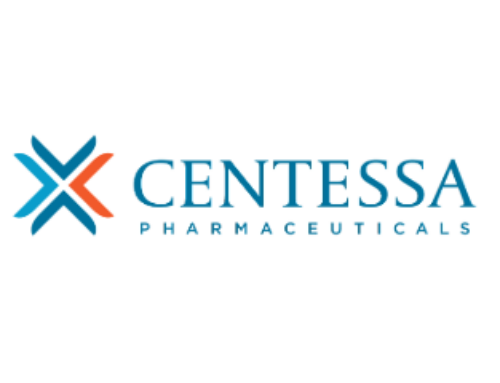According to a safety announcement and consumer update issued April 30, the U.S. Food and Drug Administration is requiring the addition of a boxed warning to the prescribing information and the patient medication guides for the insomnia medications eszopiclone (Lunesta), zaleplon (Sonata), and zolpidem (Ambien, Ambien CR, Edluar, Intermezzo, Zolpimist).
The FDA noted that the decision is in response to “rare but serious injuries” that have occurred in people taking these prescription medications for insomnia. The injuries have resulted from “complex sleep behaviors” such as sleepwalking and sleep driving. Over the past 26 years, the FDA has identified 66 cases of complex sleep behaviors occurring with use of these medications that have resulted in serious injuries or deaths. The FDA also is requiring a contraindication, its strongest warning, to avoid use of eszopiclone, zaleplon and zolpidem in patients who have previously experienced an episode of complex sleep behavior with one of these medications.
A previous safety announcement issued by the FDA in January 2013 required drug makers to lower the recommended doses for products used to treat insomnia that contain the drug zolpidem, including Ambien and Ambien CR. New dose recommendations also were required for the medications Edluar and Zolpimist. The FDA was concerned about potential drowsiness occurring the morning after taking these sleeping pills, particularly among women. Such daytime drowsiness can be a health and safety risk, especially while driving.
Several papers published by the AASM provide guidance for clinicians related to the treatment of chronic insomnia disorder with prescription medications and cognitive behavioral therapy for insomnia (CBT-I). In 2017 the AASM published, “Clinical Practice Guideline for the Pharmacologic Treatment of Chronic Insomnia in Adults,” which focuses on individual drugs commonly used to treat insomnia. Eszopiclone and zolpidem received recommendations supporting their use for treatment of sleep-onset insomnia and sleep-maintenance insomnia, and zaleplon received a recommendation supporting its use as a treatment for sleep-onset insomnia. These recommendations were classified as “weak” due to a variety of limitations in the existing data, including a high degree of variability, industry sponsorship of most clinical trials, lack of data on treatment-emergent adverse events, and absence of outcome data.
The clinical practice guideline also states, “All patients with chronic insomnia should receive CBT-I as a primary intervention. Medications for chronic insomnia disorder should be considered mainly in patients who are unable to participate in CBT-I, who still have symptoms despite participation in such treatments, or, in select cases, as a temporary adjunct to CBT-I.” Similarly, a Choosing Wisely statement issued by the AASM in 2014 advises physicians to, “Avoid use of hypnotics as primary therapy for chronic insomnia in adults; instead offer cognitive-behavioral therapy, and reserve medication for adjunctive treatment when necessary.”
Specific recommendations related to the use of CBT-I were published in 2006 in the AASM document, “Practice Parameters for the Psychological and Behavioral Treatment of Insomnia.” An expert task force commissioned by the AASM is currently reviewing the literature in preparation for the development of an updated clinical practice guideline for behavioral and psychological treatments for insomnia.
Browse all of the practice guidelines available from the AASM.





